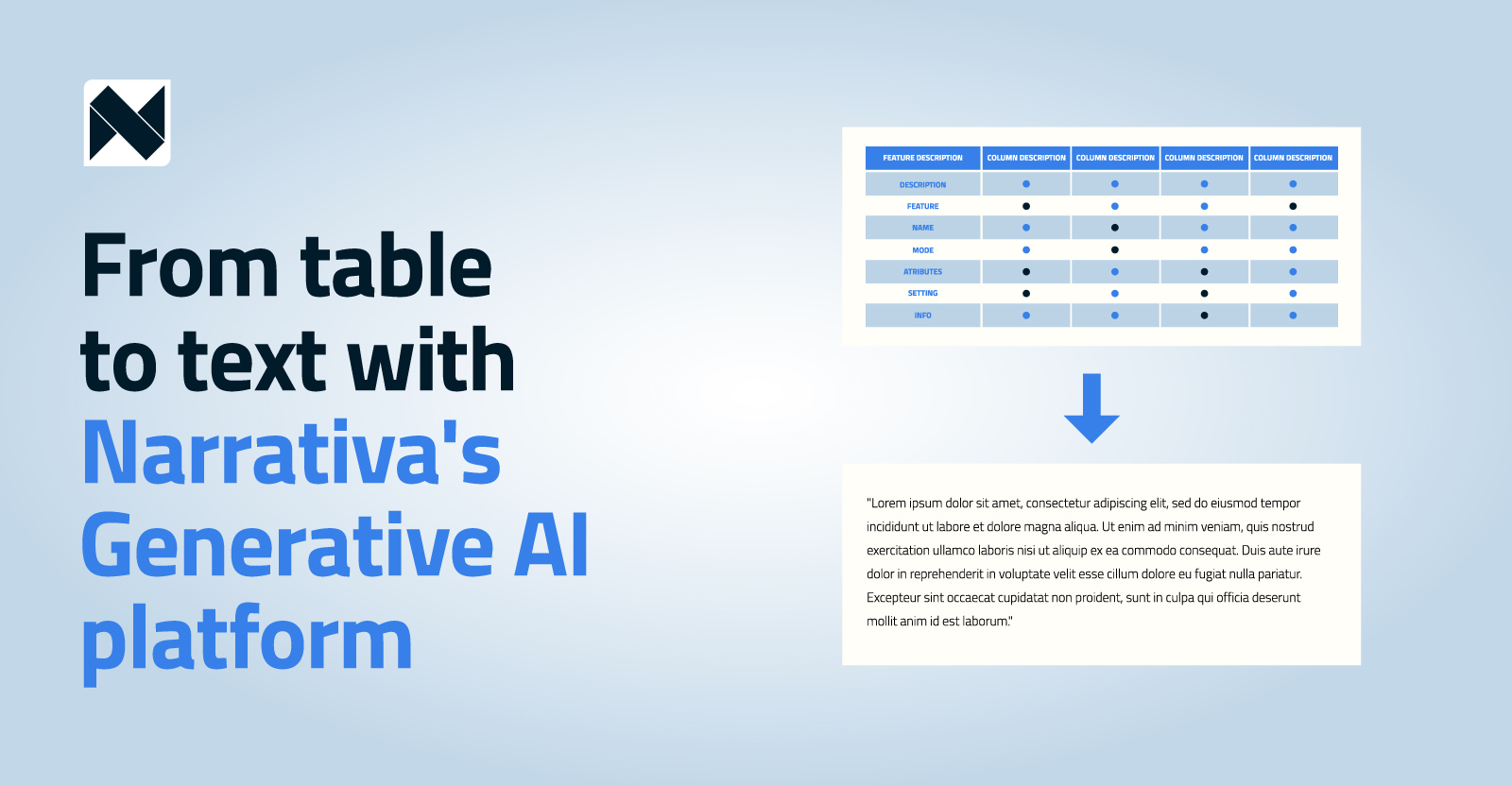July 28, 2023
Four key steps for change managers to help their companies embrace artificial intelligence

By Ehab Naim
Change management is defined as the process of guiding organizational goals, strategies, or technology transformation from conception to resolution. In other words, it is how a company outlines and implements new initiatives in its internal and external processes. Change management professionals or managers are individuals who are responsible for carrying out, overseeing, and assessing the changes an organization seeks to implement.
The dark side to change management and the assumption that jobs will be eliminated often overshadow the benefits when it comes to companies restructuring their internal processes and operations. In addition to all of its hype right now, artificial intelligence (AI) is getting a bad wrap; AI is transforming many industries, but despite the potential of adopting AI into various processes, there is a growing concern from employees for fear of losing their jobs.
So, how can change managers help organizations understand AI’s value proposition and ease employee and stakeholder concerns? Let’s find out together!
Understanding the concerns of your team
As history has shown, people get concerned when new technological advancements disrupt entire industries and affect their job stability. So, what are the main concerns that employees have?
- Job loss: First and foremost, many have a fear that jobs will be lost to AI.
- Loss of control: Employees could be afraid of losing some control over their work when AI is implemented across the organization.
- Skills-related concerns: People may worry that they do not have the necessary skills to work with AI.
- Bias and errors: Employees might have concerns about what AI produces and whether it contains errors or biases.
It is important to note that all these concerns are legitimate because people might feel threatened by AI. Therefore, it is important to intimately understand these concerns and effectively address them rather than just ignoring them.
What can you, as a change manager, do?
You can implement several steps to help your team navigate their concerns around AI. The roadmap to successfully address concerns include the following:
-
Communicate
You should communicate openly and transparently with all members of your team about the reasons your organization is adopting AI and the potential benefits that it could bring to their jobs and the organization. In addition, you should address their concerns and reassure them that your company is committed to retaining and training them if necessary.
You can do this by holding meetings or webinars with your employees to give them the room to listen and ask questions. During these sessions, you can give your team examples of how AI can facilitate their workload and improve their day-to-day job experience. For instance, if your organization is adopting AI to help respond to customer complaints, communicate with them regarding how the technology will help them respond more effectively and efficiently to inquiries. Also, if using this technology requires training, explain to them the plans the company is undertaking to help them learn how to use it. Encourage employees to view AI as a tool to help them speed up their work processes, mitigate errors, and provide a more seamless workflow—because that’s exactly what it is.
-
Engage
Engagement in the process is one of the most employee-empowering tools that change managers have. For example, you can create a committee that’s representative of various departments in your business. This committee will be responsible for receiving and implementing feedback from multiple departments to tailor AI to their needs. This way, people will feel empowered to engage in the change process taking place across the organization.
-
Train
Part of the change plan should include steps to educate employees on how to use AI technology and utilize its full potential. You can do this by providing access to in-house training, online courses, and workshops, among others. For example, suppose your company is implementing AI to analyze data. In that case, your plan can include training elements that help employees interpret results produced by AI.
-
Emphasize
Emphasize how the use of AI can help employees perform more efficiently in addition to creating new job opportunities in the organization. For example, if a company is utilizing generative AI technologies to produce technical documents faster, you can explain how such technology will allow employees to have more time to address higher-value tasks and projects.
In conclusion, as employees and employers now face the integration of artificial intelligence in the workplace and throughout entire industries, it is crucial for change management to alleviate fears. They must help their workforces embrace this new technology and see the many benefits that come with it—from strengthening their corporate culture to their overall success as individuals.
About Narrativa
Narrativa is an internationally recognized B2B content services company that believes people and artificial intelligence are better together. Through its proprietary generative AI content automation platform, teams of all types and sizes are empowered to build and deploy smart composition, business intelligence reporting, and process optimization content solutions for internal and external audiences alike.
Its tech stack, consisting of data extraction, data analysis, natural language processing (NLP), and natural language generation (NLG) tools, all seamlessly work together to produce content quickly and at scale. In this way, Narrativa supports the growth of businesses across a variety of industries, while also saving them both time and money. Accelerate the potential with Narrativa.
Contact us to learn more about our solutions!
Share







